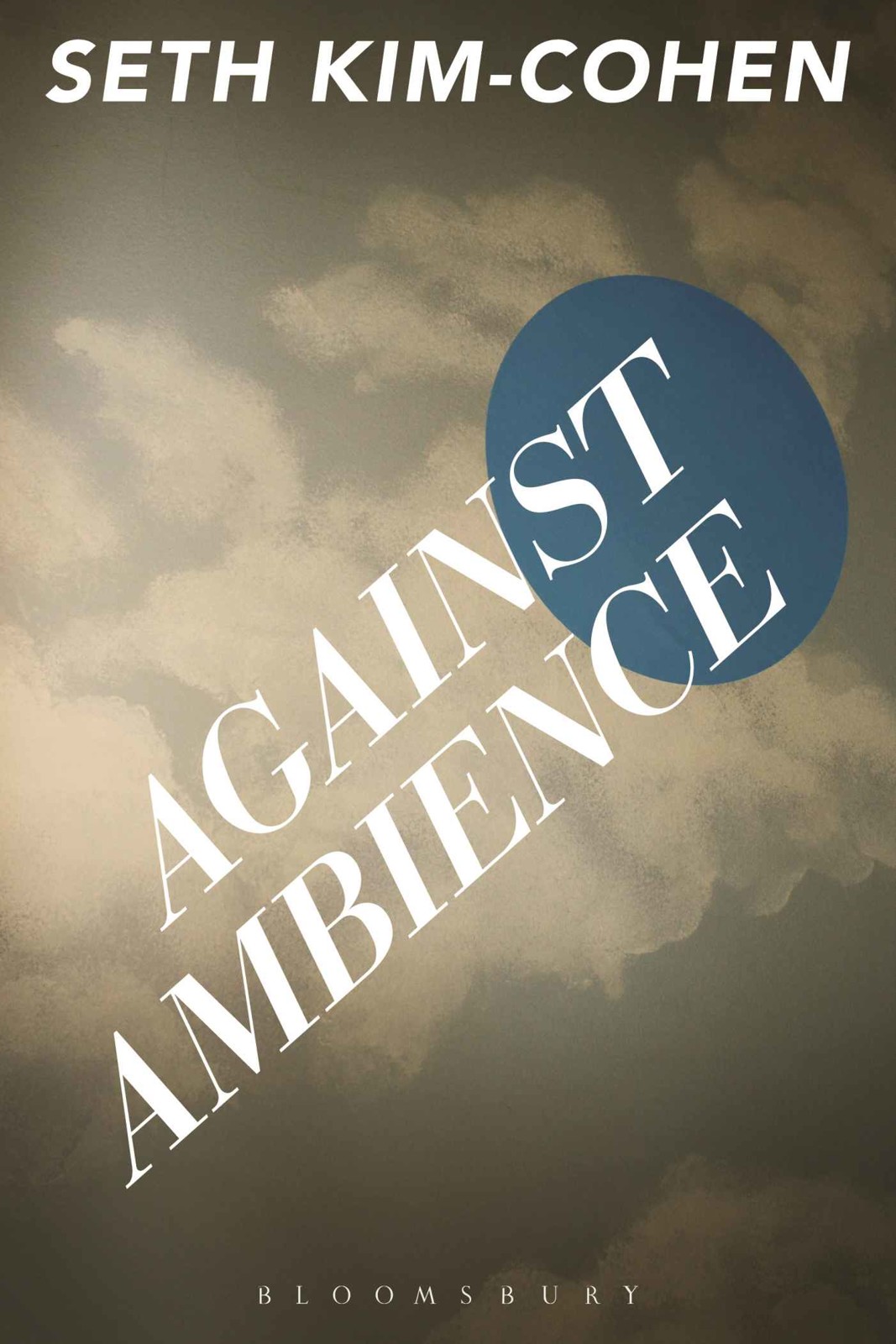Brian Kane: Sound Unseen: Acousmatic Sound in Theory and Practice (2014)
Filed under book | Tags: · acousmatic sound, aesthetics, electronic music, music, music theory, philosophy of music, sound, sound studies

“Sound coming from outside the field of vision, from somewhere beyond, holds a privileged place in the Western imagination. When separated from their source, sounds seem to manifest transcendent realms, divine powers, or supernatural forces. According to legend, the philosopher Pythagoras lectured to his disciples from behind a veil, and two thousand years later, in the age of absolute music, listeners were similarly fascinated with disembodied sounds, employing various techniques to isolate sounds from their sources. With recording and radio came spatial and temporal separation of sounds from sources, and new ways of composing music.
Sound Unseen explores the phenomenon of acousmatic sound. An unusual and neglected word, “acousmatic” was first introduced into modern parlance in the mid-1960s by avant garde composer of musique concrete music Pierre Schaeffer to describe the experience of hearing a sound without seeing its cause. Working through, and often against, Schaeffer’s ideas, Brian Kane presents a powerful argument for the central yet overlooked role of acousmatic sound in music aesthetics, sound studies, literature, philosophy and the history of the senses. Kane investigates acousmatic sound from a number of methodological perspectives-historical, cultural, philosophical and musical-and provides a framework that makes sense of the many surprising and paradoxical ways that unseen sound has been understood. Finely detailed and thoroughly researched, Sound Unseen pursues unseen sounds through a stunning array of cases-from Bayreuth to Kafka’s “Burrow,” Apollinaire to Zizek, music and metaphysics to architecture and automata, and from Pythagoras to the present-to offer the definitive account of acousmatic sound in theory and practice.
The first major study in English of Pierre Schaeffer’s theory of “acousmatics,” Sound Unseen is an essential text for scholars of philosophy of music, electronic music, sound studies, and the history of the senses.”
Publisher Oxford University Press, 2014
ISBN 9780199347841
318 pages
PDF, PDF, PDF (5 MB, updated on 2016-12-23)
Comments (2)Seth Kim-Cohen: Against Ambience (2013)
Filed under book | Tags: · aesthetics, ambience, art, art criticism, sound, sound art

“Against Ambience diagnoses – in order to cure – the art world’s recent turn toward ambience. Over the course of three short months – June to September, 2013 – the four most prestigious museums in New York indulged the ambience of sound and light: James Turrell at the Guggenheim, Soundings at MoMA, Robert Irwin at the Whitney, and Janet Cardiff at the Met. In addition, two notable shows at smaller galleries indicate that this is not simply a major-donor movement. Collectively, these shows constitute a proposal about what we want from art in 2013.
It’s impossible to play possum. While we’re in the soft embrace of light, the NSA and Facebook are still collecting our data, the money in our bank accounts is still being used to fund who-knows-what without our knowledge or consent, the government we elected is still imprisoning and targeting people with whom we have no beef. We deserve an art that is the equal of our information age. Not one that parrots the age’s self-assertions or modes of dissemination, but an art that is hyper-aware, vigilant, active, engaged, and informed.
We are now one hundred years clear of Duchamp’s first readymades. So why should we find ourselves so thoroughly in thrall to ambience? Against Ambience argues for an art that acknowledges its own methods and intentions; its own position in the structures of cultural power and persuasion. Rather than the warm glow of light or the soothing wash of sound, Against Ambience proposes an art that cracks the surface of our prevailing patterns of encounter, initiating productive disruptions and deconstructions.”
Publisher Bloomsbury, 2013
ISBN 9781628921366
Interview about the book (EarRoom, 2013)
Review: Joseph Nechvatal (On Verge, 2014).
EPUB (updated on 2018-7-6)
PDF (added on 2018-7-6)
See also sound art page on Monoskop
Comment (0)Stamatia Portanova: Moving without a Body: Digital Philosophy and Choreographic Thoughts (2013)
Filed under book | Tags: · abstraction, aesthetics, affect, algorithm, body, choreography, code, composition, computation, computing, dance, digital, geometry, image, infinity, mathematics, mind, movement, number, object, philosophy, sensation, virtual

“Digital technologies offer the possibility of capturing, storing, and manipulating movement, abstracting it from the body and transforming it into numerical information. In Moving without a Body, Stamatia Portanova considers what really happens when the physicality of movement is translated into a numerical code by a technological system. Drawing on the radical empiricism of Gilles Deleuze and Alfred North Whitehead, she argues that this does not amount to a technical assessment of software’s capacity to record motion but requires a philosophical rethinking of what movement itself is, or can become.
Discussing the development of different audiovisual tools and the shift from analog to digital, she focuses on some choreographic realizations of this evolution, including works by Loie Fuller and Merce Cunningham. Throughout, Portanova considers these technologies and dances as ways to think—rather than just perform or perceive—movement. She distinguishes the choreographic thought from the performance: a body performs a movement, and a mind thinks or choreographs a dance. Similarly, she sees the move from analog to digital as a shift in conception rather than simply in technical realization. Analyzing choreographic technologies for their capacity to redesign the way movement is thought, Moving without a Body offers an ambitiously conceived reflection on the ontological implications of the encounter between movement and technological systems.”
Publisher MIT Press, 2013
Technologies of Lived Abstraction series
ISBN 0262018926, 9780262018920
200 pages
Reviews: Donnarumma (Mute, 2014), Murphy (Afterimage, 2014), Thain (Digicult).
PDF (11 MB)
Comment (0)
